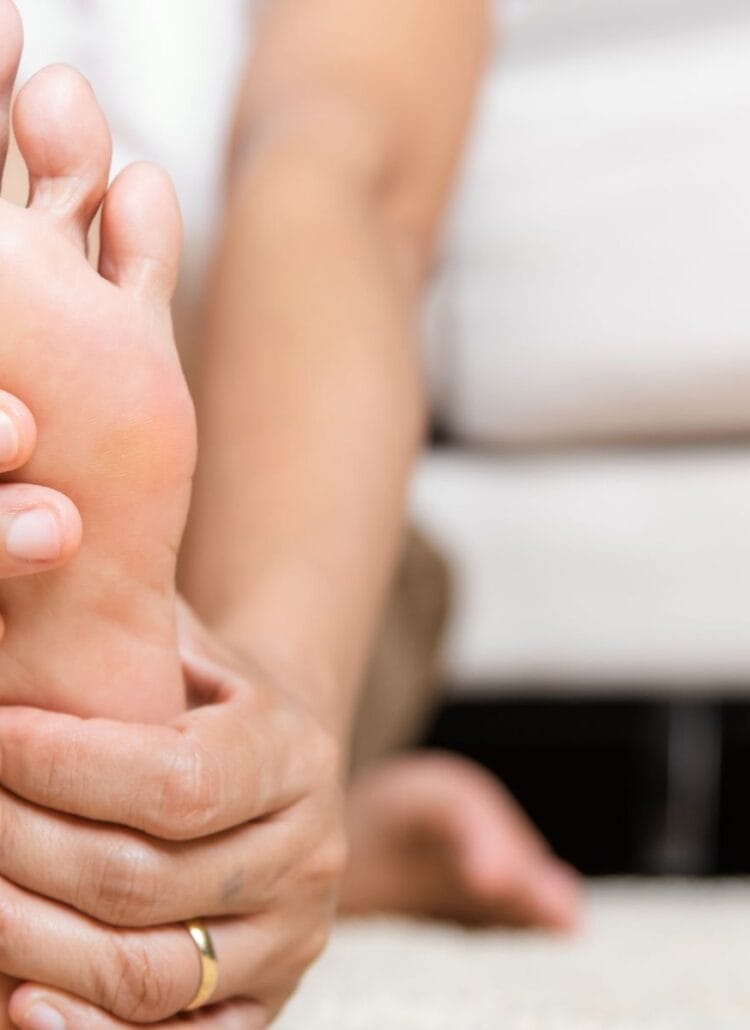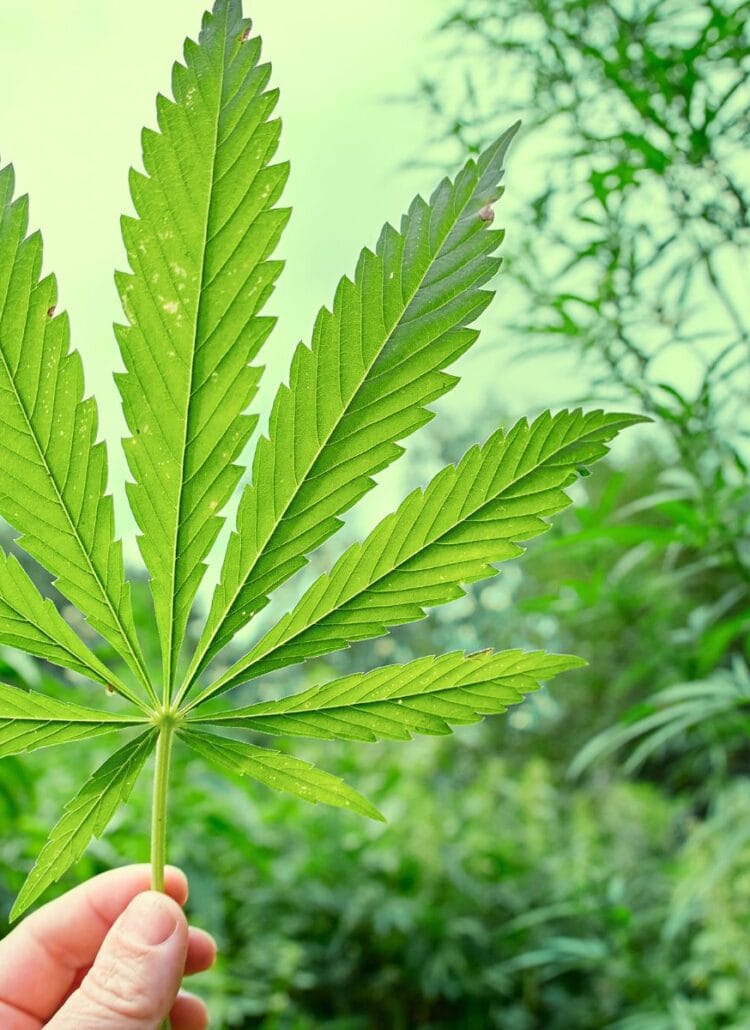
It has long been known anecdotally that cannabis can help with chronic pain. Whether it’s applied through a topical cream or ingested as an edible, smoke, or beverage, just a small amount is enough to affect nerve, muscle, and joint pain throughout the body. Many people who want to avoid opioids, haven’t found relief in traditional pain medicine, or prefer natural alternatives to pharmaceuticals turn to marijuana for help. If you’re wondering how cannabis works to affect chronic pain and which types you should consider for your needs, read on to learn more.
Clinical Trials on Cannabis For Chronic Pain
Over the past decade or so, there have been several clinical trials exploring how cannabis and chronic pain are related. Most of them tested different potencies and ingestion methods of cannabis to determine the best dosage for consistent pain relief. One study, in particular, found that a cannabis potency of around 10%, whether inhaled, ingested, or used as a salve, reduced pain levels by 50%. Some studies saw pain relief with the placebo, but it was never as high as those who used cannabis consistently.
While many of these studies are considered a success, all of the participants did report several side effects, including increased appetite, dry mouth, and numbness. Some patients prefer to combine pain management methods to reduce chronic pain. For instance, those with chronic foot pain may find that combining new footwear and cannabis works. If you think custom footwear could help reduce your foot pain, take a look at The Good Feet Store reviews.
How Does Marijuana Reduce Pain?
Scientists theorize that the THC in marijuana helps temporarily relieve chronic pain because it interacts with your body’s cannabinoid receptors. Once bonded, these receptors can no longer signal pain stemming from any number of conditions, including rheumatoid arthritis, fibromyalgia, strains and sprains, nerve damage, migraines, and more. In addition to THC, cannabis also has another compound called CBD that does its part to help control pain as well.
As THC binds to cannabinoid receptors, scientists think that CBD stimulates an immune response that reduces cytokines. These small proteins that help the body signal pain work through a pro-inflammatory response. Because cannabis can reduce inflammation, these cytokines are no longer as effective at signaling pain.
There are many other compounds in cannabis that may have some small part in relieving pain, including CBG, CBN, and CBC. These compounds require additional research to determine their benefits.

What About Terpenes?
You might not have ever heard of terpenes before, but they’re found in many plants. In fact, they’re the basic component of essential oils, like lavender, chamomile, eucalyptus, and more. Some of the most common terpenes in cannabis include Myrcene, Limonene, Linalool, Caryophyllene, Alpha-Pinene, and Beta-Pinene.
When you take cannabis for chronic pain, you’re enjoying the effects of terpenes as well as the “high” you get from the psychoactive compounds, but it’s possible to use terpenes by themselves as well. Terpenes can mimic the effects of cannabinoids, bonding to the CB1 and CB2 receptors in the body that signal pain. Scientists found that for the best pain-relieving effects, people should use a combination of both cannabis and terpenes to enjoy enhanced cannabinoid activity without too many side effects.
Adding Cannabis to Your Day
If you want to add cannabis to your everyday routine, it’s best to start small. Get medical cannabis and test how it affects you to discover whether you should take it at the beginning or end of your day. You can also opt to avoid THC in favor of CBD-only products that may have some effect on chronic pain.
Stick to What You Know is Safe
When you’re exploring alternative therapies and supplements, it’s really important to keep safety at the forefront. It can be tempting to try new or untested methods for managing chronic pain, which unfortunately might lead some to experiment with substances that can be harmful. If you or someone you know is considering this and is now seeking help, connecting with a men’s drug rehab could be a vital step.
Consulting with healthcare providers who understand these unique challenges can guide you on how such treatments might fit into a safe and effective recovery plan. This way, you can make informed choices that support your path to well-being, ensuring you’re building a healthier future.

Best Strains For Chronic Pain
Different types of marijuana are developed to produce unique reactions. Some may help promote sleep, while others are all about creativity. If you’re looking for strains that address chronic pain, you may want to look for an indica strain as opposed to a sativa or hybrid strain. Indica strains are known to help promote relaxation and sleep, while sativas can help boost your mood and energy. Here are some specific strains cultivated for pain relief and relaxation:
1. Master Kush
This is one of the most popular strains for sleep and relaxation. Master Kush is an indica strain that can help you sleep through even the most painful nights. Because it has such high THC levels, it’s known to be extremely potent, so beginners and experienced users alike should be careful to dose properly.
2. Northern Lights
Another indica strain, Northern Lights, is all about pain relief. It is well-known for its effects and can result in a couch-lock feeling that many describe as body-numbing. Many dispensaries stock this strain because it’s so popular, so it’s never hard to find at your local spot.
3. Harlequin
If you’re looking for a strain that isn’t so THC-dominant, you might want to consider Harlequin. It has high levels of CBD that combine the best of both worlds. While this strain is a sativa, it’s still well known for pain relief and can have an additional mood-boosting effect. Because it has such a high CBD content, many users report minimal psychoactive effects.
4. Afghan Kush
Afghan Kush is considered one of the best strains for dealing with nerve pain specifically. It’s a high-CBD indica strain that can help you sleep. This is a great beginner strain because it doesn’t leave you couch-locked, but it still helps you drift off.

Getting Started
Whether you choose to smoke, eat, or apply your marijuana topically, heading to your local dispensary or chatting with your doctor is a great place to start. It can be difficult to identify the best strains for pain for several reasons, as each person responds differently to marijuana and scientists are still exploring all the possible effects of cannabis on pain.
A dispensary has people with the most hands-on experience with marijuana, even if it’s anecdotal, and they’ll be able to listen to your concerns and suggest the best form of cannabis for your needs. If you have a medical card or license in your state, your referring doctor should be able to provide specific advice that is tailored to your condition or symptoms. Tell them about the type of pain you’re experiencing and what you hope to gain from marijuana, and they’ll direct you to some options. Once you try them out, you can continue using the ones that work best for you.
Pin This Post






